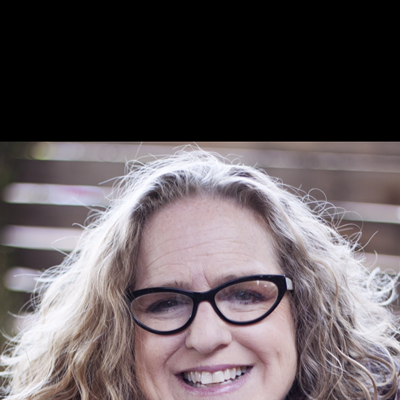That's not true. Here's what is:
Only the production of CFCs, also known by the trade name Freon and mainly used in car air-conditioning systems, will be banned next year.
But you'll still be able to have an auto mechanic fix your car with Freon. The Environmental Protection Agency estimates stockpiles and recycling will provide adequate supplies until 2000.
Once the supply of CFCs runs out, it will be necessary to retrofit cars that now use Freon. However, most cars built after 1993 won't use CFCs in their air conditioners, and won't require retrofitting.
Contrary to rumors spread by the late Dixie Lee Ray in her 1993 book Environmental Overkill, the available substitute for CFCs is not dangerous. And it won't destroy ozone. It will, however, cost between $200 and $800 to retrofit an older car to use it.
The CFC substitute is called HFC134a; Du Pont calls it Suva.
Don Grob, of Underwriters Laboratories, a nonprofit, independent organization that tests products for public safety, says HFC134a is "basically equivalent in safety performance" to CFCs. The product has been approved by the EPA.
Ray and other fans of Freon have confused HFC134a with HCFC, or hydrochlorofluorocarbon, the substance used in home air conditioners and refrigerators. HCFCs are ozone-depleting and will be phased out by 2030.
However, it is true that HFCs could pose a danger to global warming, according to The Scientific Assessment of Ozone Depletion: 1994, so they may not be available forever.
There is no safe substitute for CFCs on the market that does not require retrofitting, according to Environmental Protection Agency officials. One purported substitute, HC12a, manufactured by a company in Idaho called OZ Technology Inc., is flammable and will soon be banned, according to Jeffrey Levy, an EPA environmental specialist.
Tempe auto mechanic Mark Salem says the typical auto-repair shop will pay between $5,000 and $10,000 for equipment to recycle CFCs and an additional $5,000 to $10,000 for equipment to retrofit cars for HFC134a.
Those costs will be passed on to the consumer.
Contrary to rumor, the ban on CFCs and related substances will not endanger the lives of asthmatics, whose inhalers use CFCs as a propellant. An exemption for production of the inhalers has been granted under the Montreal Protocol, and EPA officials say additional extensions will be approved until a safe substitute is on the market.
Additional CFC exemptions have been granted to the Space Shuttle and U.S. Titan Solid Rocket Motor.
And, no, airline passengers needn't worry. Even though the production of halons used in airline fire extinguishers was banned at the beginning of last year, the EPA says halons will be available through 2040, with stockpiling and recycling. The Boeing Company in Seattle and others are working on replacements.--











